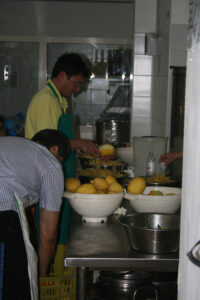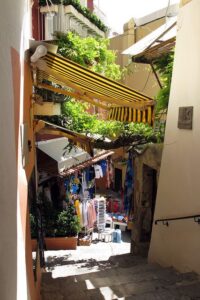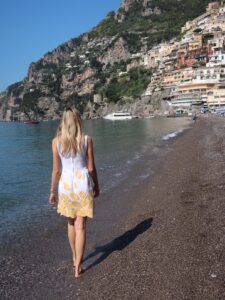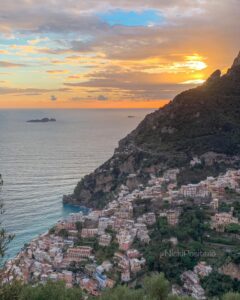
Written by Margo Sorenson, author of over thirty traditionally-published books for young readers, Margo Sorenson spent the first seven years of her life in Spain and Italy, devouring books and Italian food and still speaks (or tries!) her childhood languages. Her most recent Adult/YA novel, SECRETS IN TRANSLATION (Fitzroy Books, October 2018), (with research help from Gabriele, Carmela, Manuela, James, Erika, Katie, and Margherita) takes place in Positano, with many wonderful experiences shared together with Italians—as well as delicious meals. www.margosorenson.com
After our first return trip to Italy since growing up there as a child, the pull of my childhood language and my love for Italy was stronger than ever. I’d been continually studying my Italian for years, but, after our family’s memorable trip back, the need to share what it felt like to come home again to Italy was stronger than ever. I wanted people to know and appreciate Italy’s stunning beauty, her artistic marvels, and the generous, warmth of her people.
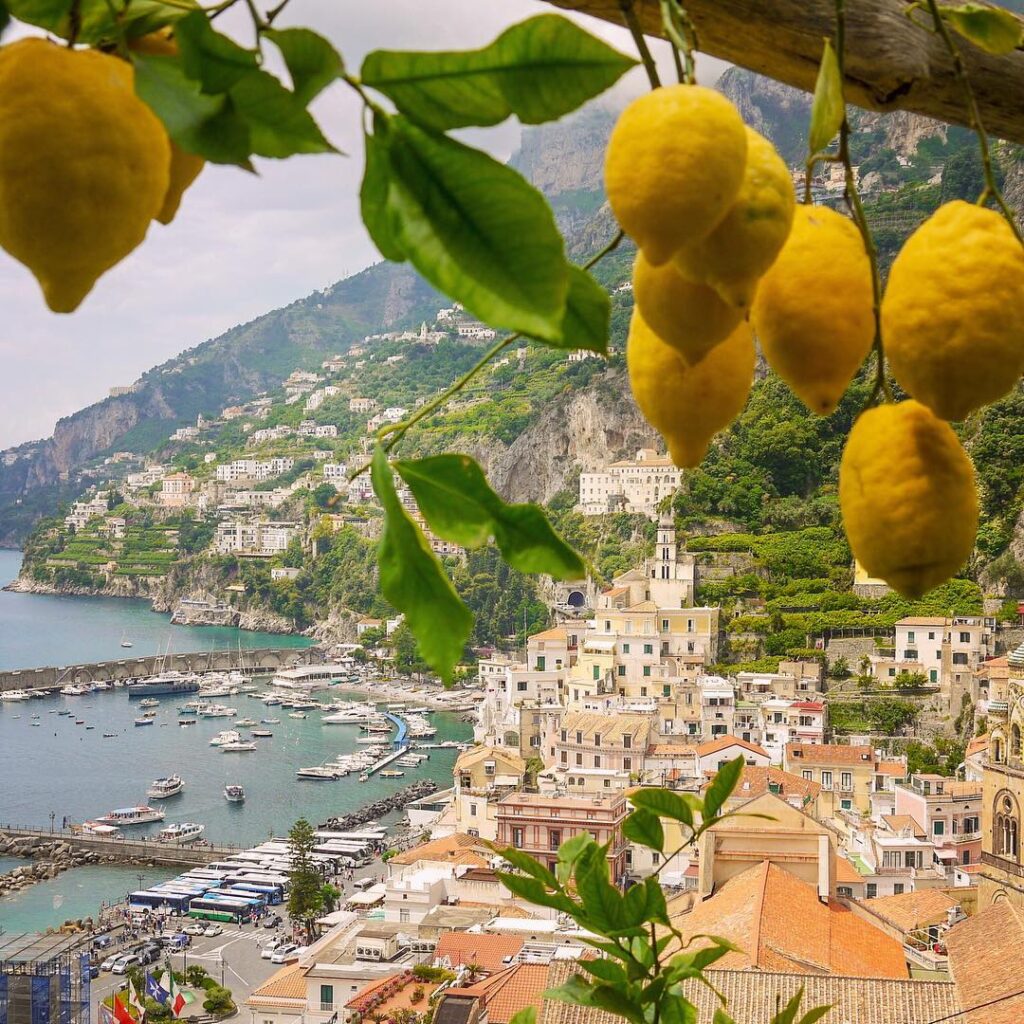

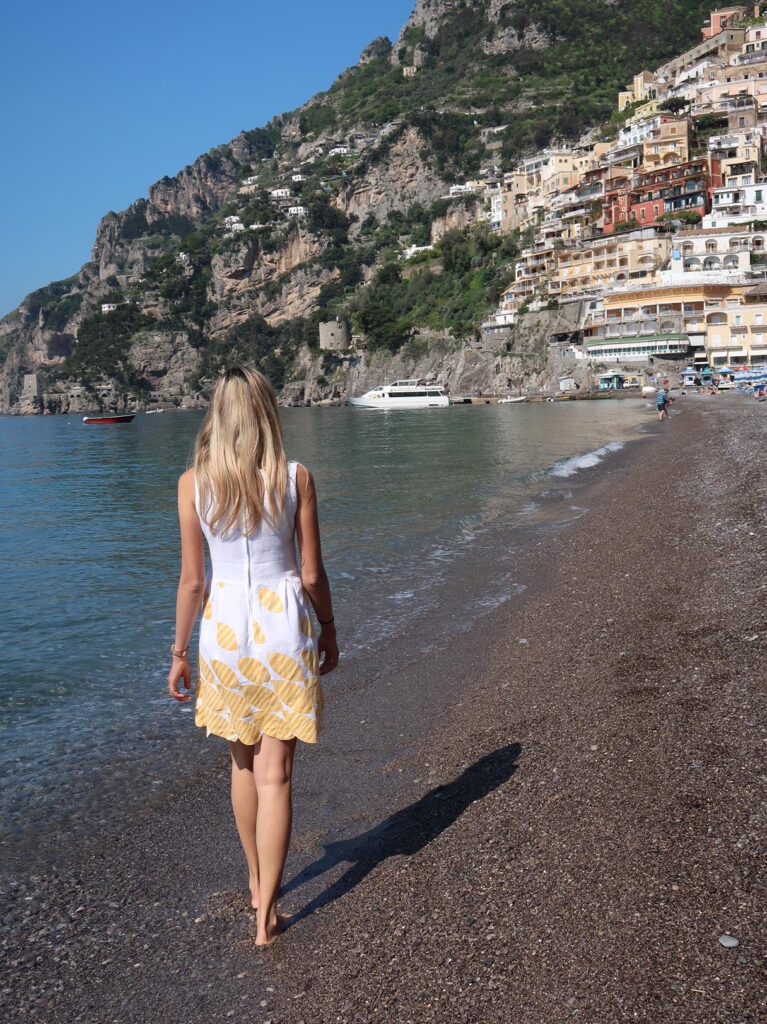
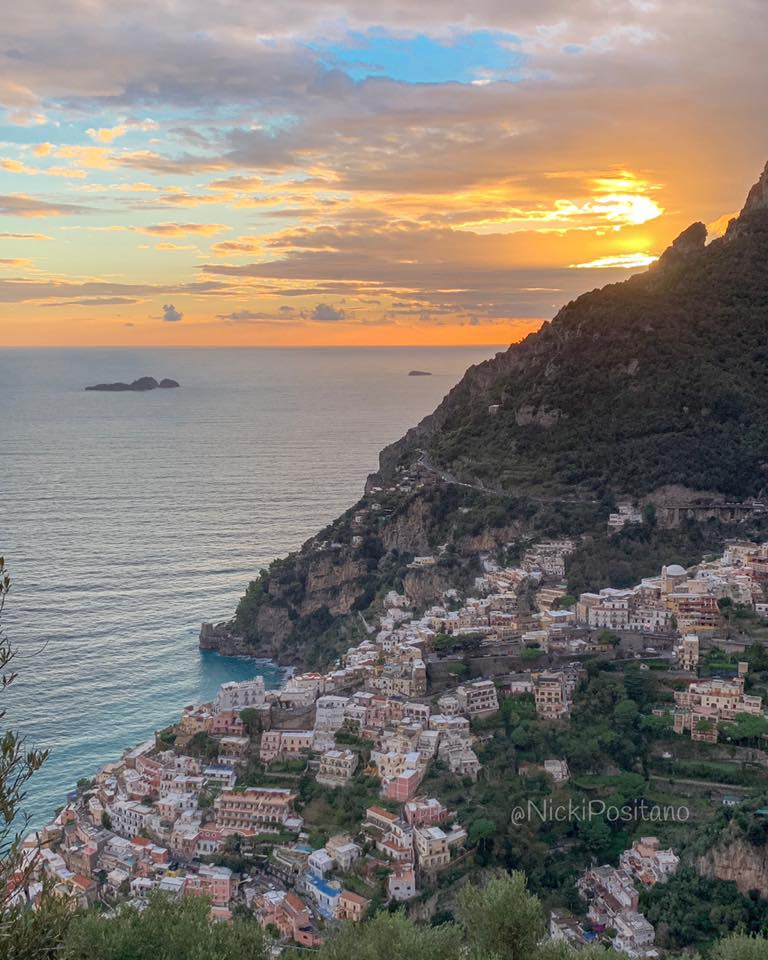
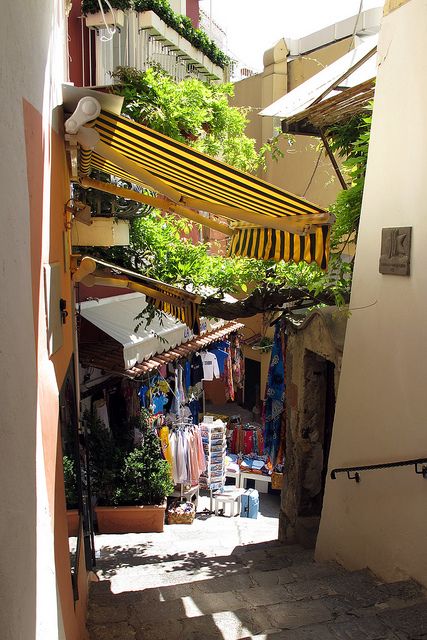
As a writer, I knew this feeling needed to be expressed in a novel, and an earlier experience in Switzerland had already sparked the idea. Authors love to ask the question, “What if?” My “what if” question was, “What if you could understand and speak a language, but no one else knew you could? What if an American girl was fluent in Italian and could understand everything Italians were saying, but they didn’t realize she could—and because she could speak both languages, she discovered a dark conspiracy that threatened those she loved?”

To create a novel that would celebrate Italy and her rich culture, as well as the welcoming Italian people, I needed a great deal of help from our wonderful and generous Italian friends. They filled me in on all sorts of ideas for possible conspiracies for Alessandra to discover, as well as help with the wine industry (grazie, Gabriele! www.buondonno.com), and the limoncello factories, (grazie, Manuela and James and Carmela!) and I spent months researching and reading newspapers in Italian. I was told that Il Quotidiano Italiano is the most objective https://www.ilquotidianoitaliano.com/.
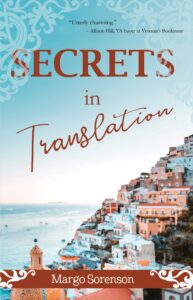
I studied books and asked plenty of questions of our Italian friends and sent drafts via email to Italy to make sure the events and experiences that Alessandra went through were accurate. Our friend Carmela (on Instagram @carmencitaitaly80) made numerous trips in Positano with her camera, taking pictures of la torre Clavel and other Positano landmarks for me so I could use exact and accurate details. Nikki (on Instagram @nikkipositano) took beautiful photographs of la Spiaggia Grande. Other friends, Katie and Margherita, vetted all the Italian in the manuscript (I didn’t want to be embarrassed, and it was fun to see how they called out a few words I’d slipped in of my “Napoletano” dialect!). Because of these friends, their willingness to help, and the reassuring flow of emails, I could feel as if I were actually back in Italy, myself. I loved writing the manuscript, because each time I picked up my pencil or typed on the keyboard, I was coming home again.
Italy is a beautiful country and the people are warm and generous, a wonderful place to make the kind of discovery that Alessandra is finally able to make, and I hoped it would resonate with readers of all ages. It’s so meaningful to find that Alessandra and her story have touched so many readers, and that even those who’ve never been to Italy have told me now they really wanted to visit. The magnetic pull of my childhood home, Italy, is vibrant and alive, thanks to our Italian friends and their generosity.

